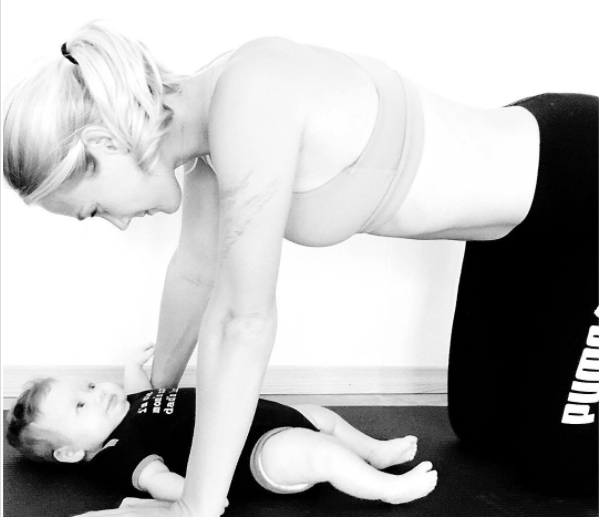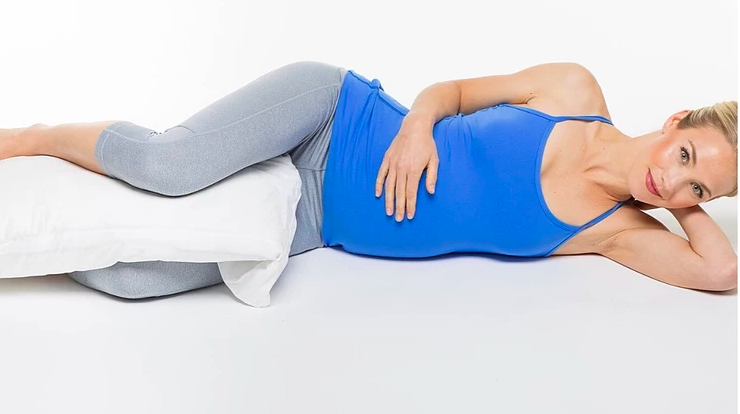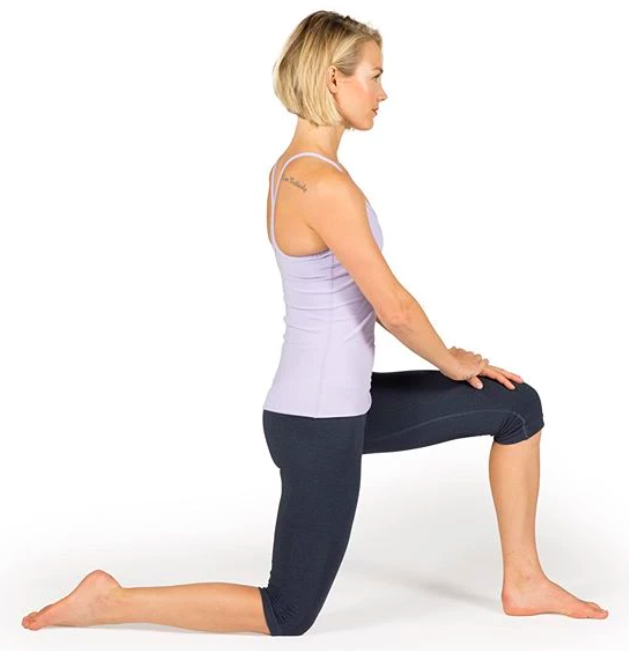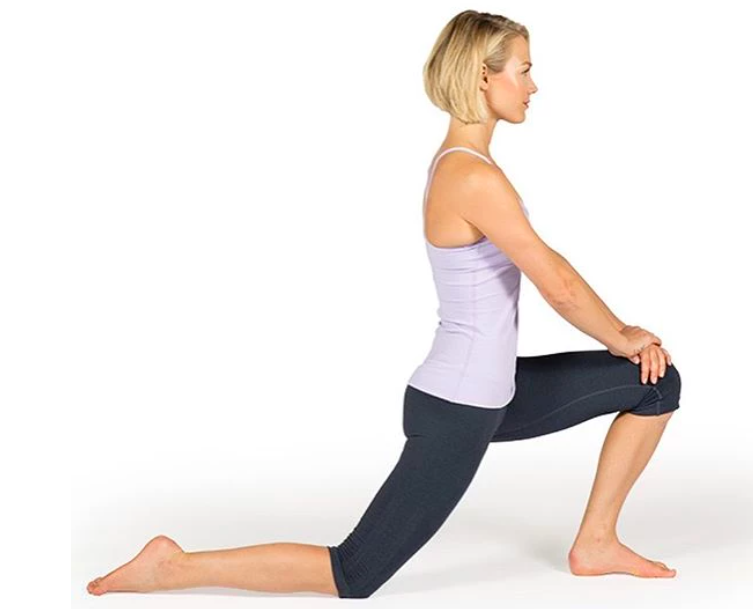Exercises For Pelvic Girdle Pain in Pregnancy and Postpartum
Exercises
Exercises during pregnancy and postpartum are so important, and even more important is that you are modifying your exercises depending on what stage you are on this incredible journey. For example, during the last half of pregnancy, avoid positions lying flat on your back as this position can cause some compression on your arteries and veins, and result symptoms from light-headedness, migraines, to medical emergencies. (This has been documented during some medical procedures when a woman is flat on her back for a prolonged time.) Simple remedy--get off your back or put a rolled towel under the right hip when lying flat!
Breathing rhythmically and avoiding any breath-holding is always important, during exercise and also in our day-to-day functioning. The general rule is to exhale just before and during the effort, which reduces excessive pressure in your abdomen in all directions, including your pelvic floor and abdominals. This is extremely important if you are experiencing any leaking urine, bulging or heaviness in your pelvic floor and if you have a diastasis recti abdominis.
I am going to start with the exercises that can make you feel more comfortable and can effectively decrease pain. Here are my top 4️⃣that are great during pregnancy and postpartum. That includes those women who have had a Cesarean delivery also.
You can find more valuable information and exercises in my handout "Exercise and More." Of course, there are plenty more exercises that are beneficial and are included in my book‼︎
"Back and Pelvic Girdle Pain in Pregnancy and Postpartum" published by OPTP.com, 2020. Buy now at OPTP.com. Buy now a Amazon.com.
I am describing more about this book here: Back & Pelvic Girdle Pain in Pregnancy & Postpartum
The links in the exercises below will give you more details and take you to my Instagram account, @RiczoHealthEducation.
Follow me for ongoing exercises‼︎‼
1) Activating your deep core muscles.
This is a great exercise to start during pregnancy and continue throughout your life because it works on your deep core and the coordination of these muscles. When your core is not working properly it can contribute to organ prolapse (of the bladder, uterus or rectum), problems with incontinence (urine and feces), and painful intercourse.
This is a good exercise also if you have a diastasis rectus abdominis, or DRA. If you have a DRA you will notice a bulging or doming of your abdominals especially when you lift your head.
If you are having these symptoms (bulging/heavy sensation in your pelvic floor, incontinence, painful intercourse, bulging or doming of the abdominals) seek out help from a pelvic floor therapist (see last section below). I do go into more detail in my book with advice on beginning steps.
Whenever you are in one position too long you have not been moving your low back, pelvis and hips. Keep this exercise in mind as you can usually find a position to do it and your muscles will thank you!
When you do this exercise with focus on the breathing and "toes in, toes out" patterning it targets your hip muscles to relax which often are one of the causes of pain and discomfort, especially when one side is tighter than the other.
Although this is called a stretch, if you tighten your buttocks muscle and work on using your hands as little as possible for balance you will be working on a bunch of things! Remember to breathe!
Exercise photos from "Back and Pelvic Girdle Pain in Pregnancy and Postpartum" published by OPTP.com, 2020.
Get your copy now at OPTP.com or Amazon.com!
Deborah B. Riczo, PT, DPT, MEd Confidential Property of Deborah B. Riczo ©2020 Riczo Health Education. Not to be duplicated in any way without express consent of Deborah B. Riczo






